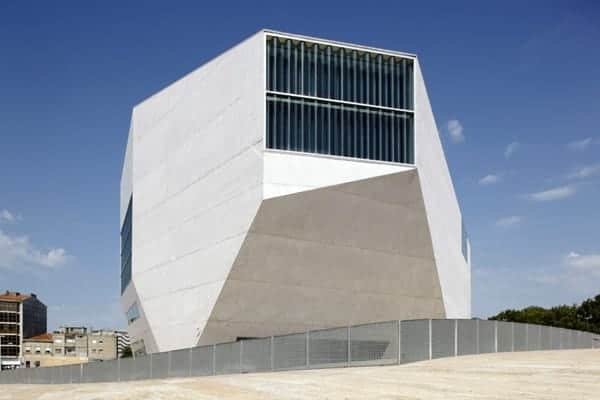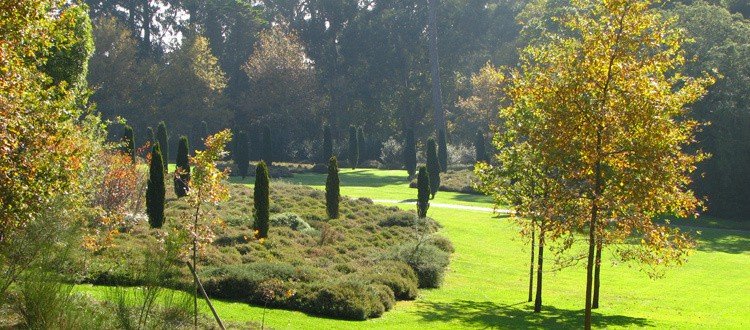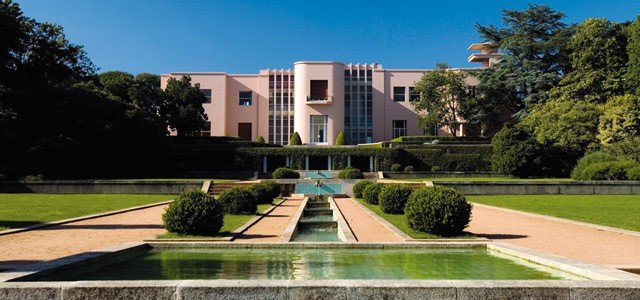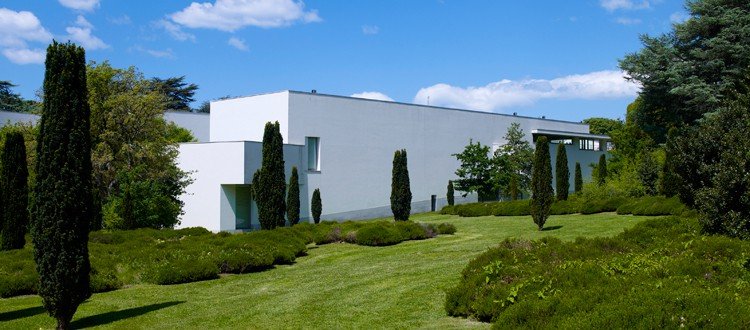Porto is a city that has most of its monuments, churches, squares and gardens concentrated in an area between the beginning of the Douro riverfront, the D. Luis I Bridge and Rua de Santa Catarina. But a little further than the center we still find points of interest and that's what we're going to talk about next. On the other side of the Douro River, in front of Ribeira, is another city – Vila Nova de Gaia – well known for its port wine cellars, but I will leave that for another article which in itself has a lot to tell.
Let's then continue our journey and go up to Avenida da Boavista which is very well known in Porto because, unlike the center, which has small and cramped streets, this avenue is very long and wide, emptying into the Atlantic, close to Forte de Saint Francis Xavier. It doesn't actually have much commerce, but it is mainly known for its proximity to the Casa da Música, the Bessa Stadium, the Serralves Foundation and Parque da Cidade. It crosses the A1 motorway that comes from the south of the country and it is in this second section of Avenida da Boavista that it becomes more distinct and expensive, almost revealing a different city within the city. But let's go in parts.
Avenida da Boavista starts more in the center, at Praça da República, but there it has nothing to do with what it becomes later on. At the beginning it is a narrow and unattractive street and it is only when we arrive at Praça Mouzinho de Alburquerque, a gigantic square lined with trees and with the Monument to the Heroes and Dead of the Peninsular War in the center, that everything changes. And it changes because it is precisely here that the Music House.

It is known for several reasons, but the first one that immediately comes to mind is its totally different and bold architecture. This building was designed by Dutch architect Rem Koolhaas and its shape is a kind of cube with corners. It has excellent acoustics and good equipment.

There are two main performance rooms – the Suggia room and room 2 – with capacity for more than 1500 people. There are guided tours to Music House in Portuguese at 11am and 4pm and cost €10, this amount being deducted in full at any concert taking place.

Check if there is something you like here because there are four resident groups with shows, so you are likely to find an interesting concert.
On our way down Avenida da Boavista towards the sea, we passed by the area of the Bessa stadium where Boavista Futebol Clube plays and we now arrive at a much quieter area that I recommend visiting – the Serralves Park.
Three in one
Serralves is a great reason to spend a few hours because it has a Park, the Serralves Museum of Contemporary Art and Casa de Serralves in a single space.

Serralves Park has around 18 hectares and is a space with gardens, forests, a lake and contains around 200 species of plants. Integrated into this park we have Casa de Serralves, a house in the Art-Deco from the 1930s, which has a collection of 85 works by Catalan painter Joan Miró on display, in a space designed by French architect Charles Siclis and designed by architect Siza Vieira.

It was also the latter who designed the largest contemporary art museum in Portugal – the Serralves Museum. It was opened in 1994 and has 14 exhibition rooms, library, auditorium and restaurant spread over three floors.

In addition to its permanent collection (around 4,300 pieces), there are also temporary exhibitions, educational programs, public sessions, music and dance shows.

Finally, the 'nerve center' of this park is in Serralves Foundation, which coordinates the museum, the house and the park and represents one of the best-known cultural projects in the country.

The park of parks
We return to Avenida da Boavista and in the last stretch of its 6.5km we find a landmark in the city of Porto – the city's park. If what you really want is to visit the city and the monuments then this park will not be of interest to you, but if, on the other hand, you are one of those who, even on vacation, cannot do without a run and a bit of open air, then the city's park with 83 hectares and around 10km of paths it is what you need.

Doing the entire Avenida da Boavista on foot is practically unfeasible, so if I have to choose something specific and of more interest to tourists, it would have to be the Fundação de Serralves and all that space around it: the museum, the park and the House. But if you have a car or other means that doesn't require you to walk so much, then it's worth doing the entire Avenida da Boavista, especially because in this last part of the avenue we reach the sea and it is, precisely, from here, from Avenida de Montevideo, that we will start one last tour between the Foz area and the riverside area. This will be in the next text in the series “Getting to know Porto”.